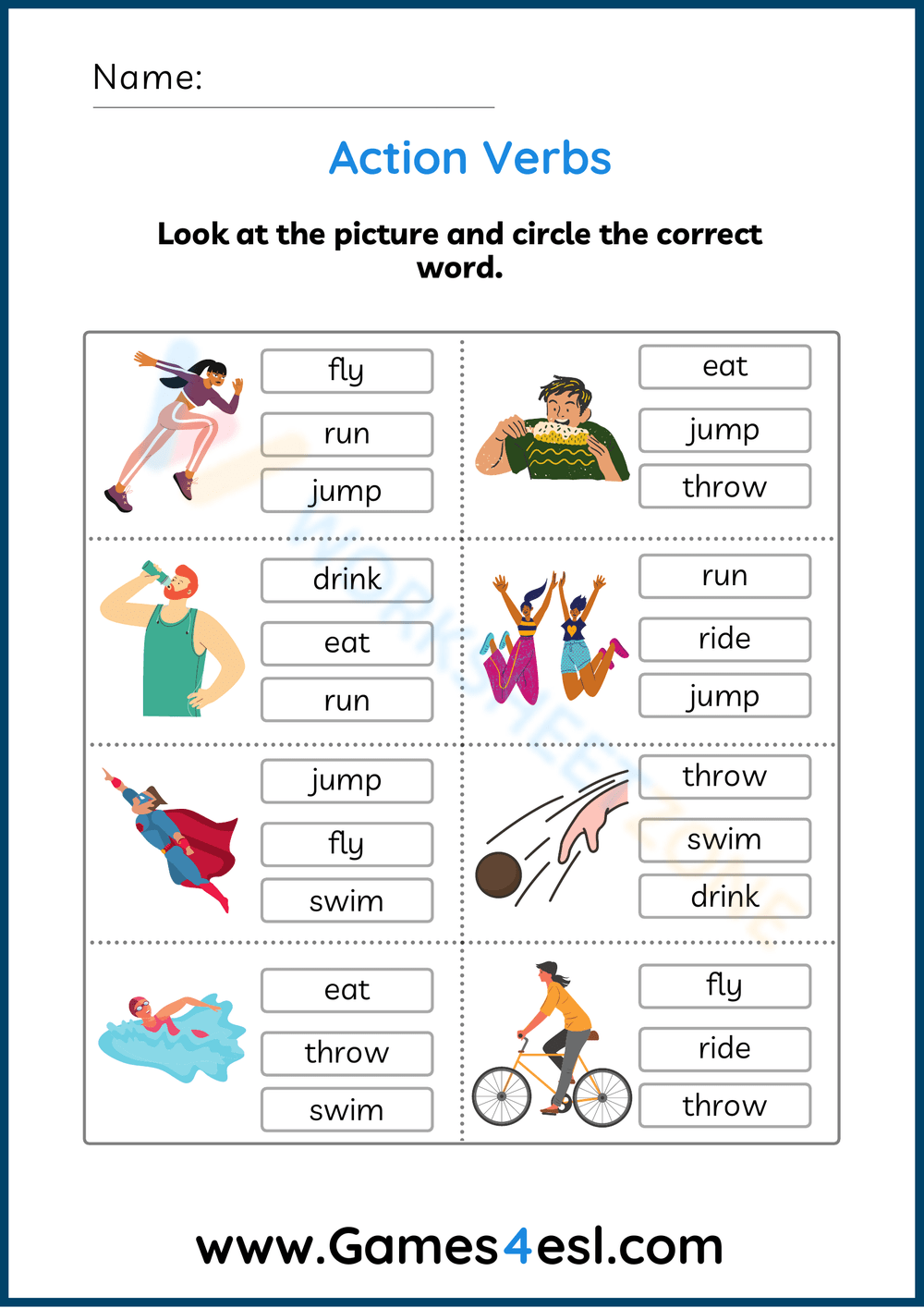
Mastering the Engine of Language: The Indispensable Role of Verb Worksheets
Verbs are the dynamic core of any language, the action-packed and state-describing words that breathe life into sentences. Without verbs, our communication would be static, lifeless, and utterly incomprehensible. They tell us what happened, what is happening, and what will happen; they convey mood, intention, and relationship. Given their pivotal role, it’s no surprise that mastering verbs is a cornerstone of language acquisition and proficiency, whether for native speakers developing advanced grammatical skills or for English as a Second Language (ESL) learners grappling with the complexities of English syntax. And at the heart of this mastery lies an invaluable educational tool: verb worksheets.
These structured exercises provide targeted practice, reinforce learning, and help identify areas needing further attention. Far from being mundane drills, well-designed verb worksheets can transform abstract grammatical rules into concrete, applicable knowledge, paving the way for fluent, accurate, and confident communication. This article will delve into the profound significance of verbs, explore the diverse types of verb worksheets available, highlight their numerous benefits, and offer insights into their effective creation and utilization in various learning environments.
The Cornerstone of Communication: Understanding Verbs

Before diving into the utility of verb worksheets, it’s essential to appreciate the multifaceted nature of verbs themselves. At their simplest, verbs express actions ("run," "eat," "think") or states of being ("is," "seem," "become"). However, their complexity rapidly expands. Verbs change form based on tense (past, present, future), person (first, second, third), number (singular, plural), voice (active, passive), and mood (indicative, imperative, subjunctive). They can be regular or irregular, transitive or intransitive, linking or auxiliary. Each of these categories presents unique challenges for learners.
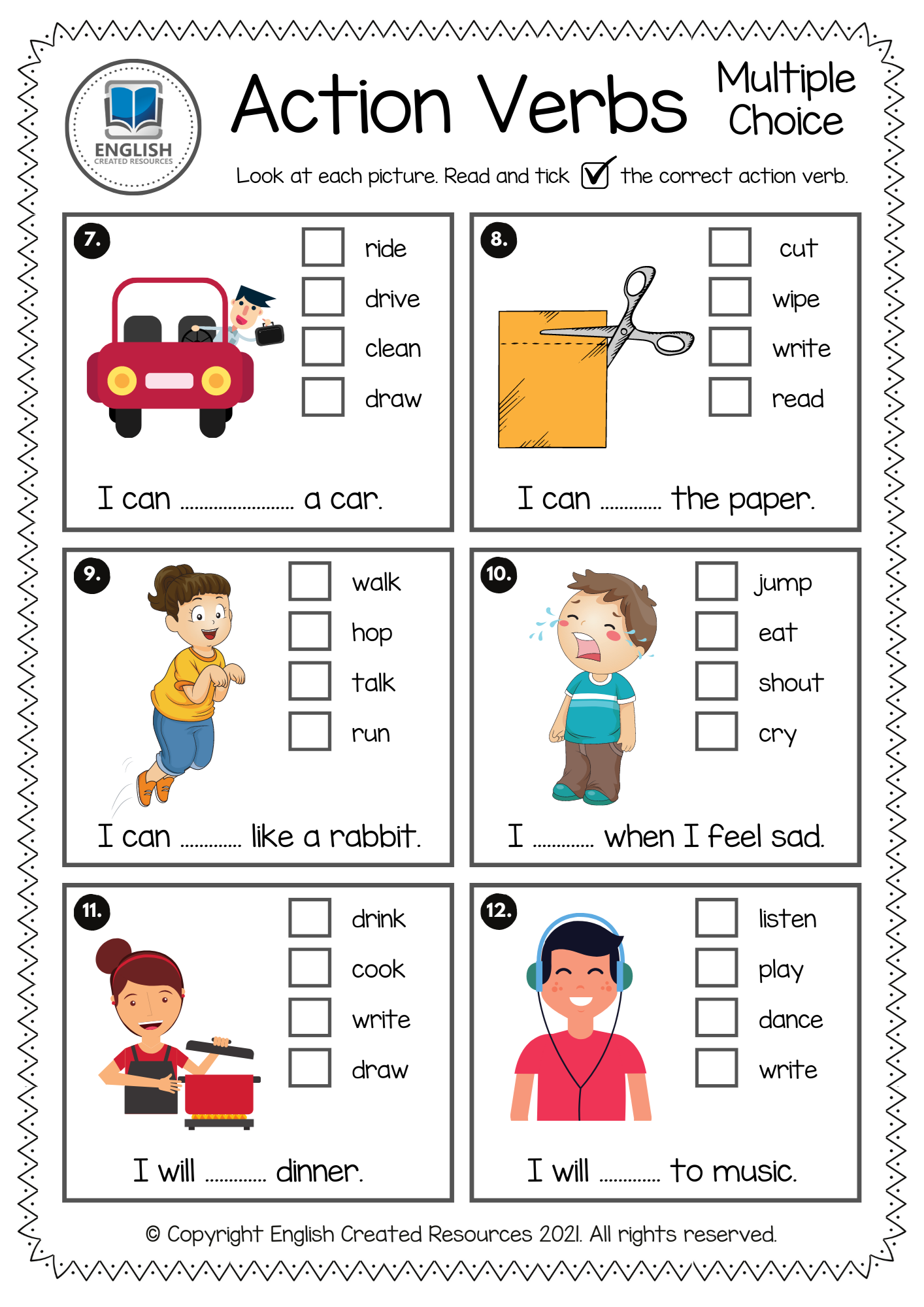
Consider the simple verb "to go." It transforms into "went" in the past, "will go" in the future, "is going" in the present continuous, and "has gone" in the present perfect. Then there are phrasal verbs like "go out," "go over," "go up," each with distinct meanings. This inherent variability and the sheer volume of rules and exceptions make verbs one of the most challenging, yet rewarding, aspects of English grammar to master. This is precisely where verb worksheets become indispensable, providing the systematic practice required to navigate this linguistic labyrinth.
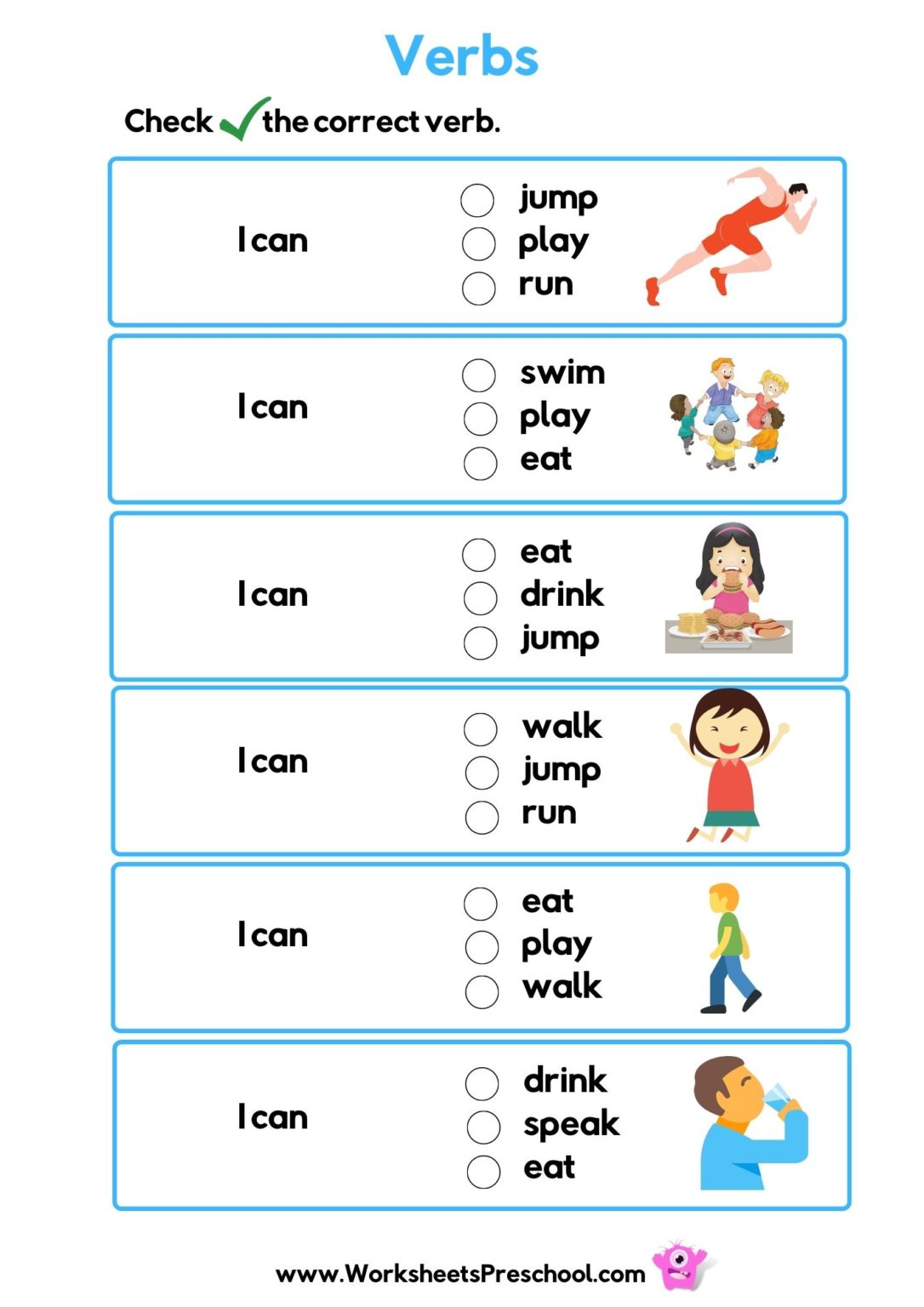
The Diverse World of Verb Worksheets: Types and Focus Areas
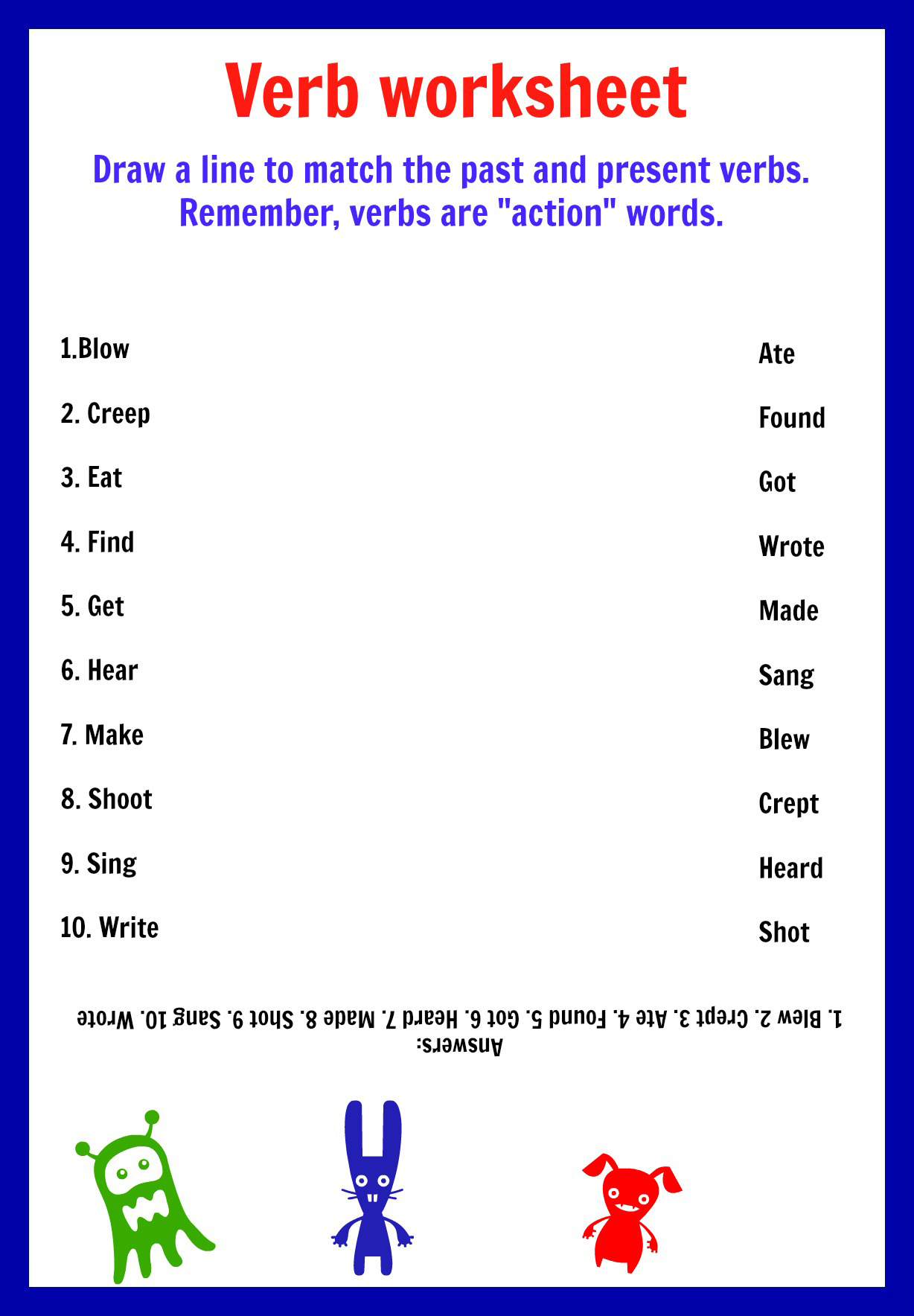
The beauty of verb worksheets lies in their adaptability to target specific grammatical concepts. They are not a one-size-fits-all solution but rather a versatile collection of exercises tailored to different learning objectives. Here are some of the most common and effective types:

-
Tense-Focused Worksheets: These are perhaps the most prevalent. They concentrate on drilling the correct usage of various tenses.
- Simple Tenses (Present, Past, Future): Exercises might involve filling in the blanks with the correct form of a verb in a given tense (e.g., "She __ (walk) to school yesterday.").
- Continuous/Progressive Tenses: Focus on actions happening over a period (e.g., "They __ (play) soccer when it started to rain.").
- Perfect Tenses: Address actions completed before a certain point (e.g., "By next year, I __ (finish) my degree.").
- Perfect Continuous Tenses: Combine completion and duration (e.g., "She __ (work) here for five hours when he finally arrived.").
These worksheets often include time markers (yesterday, now, next week, since, for) to guide learners in choosing the appropriate tense.
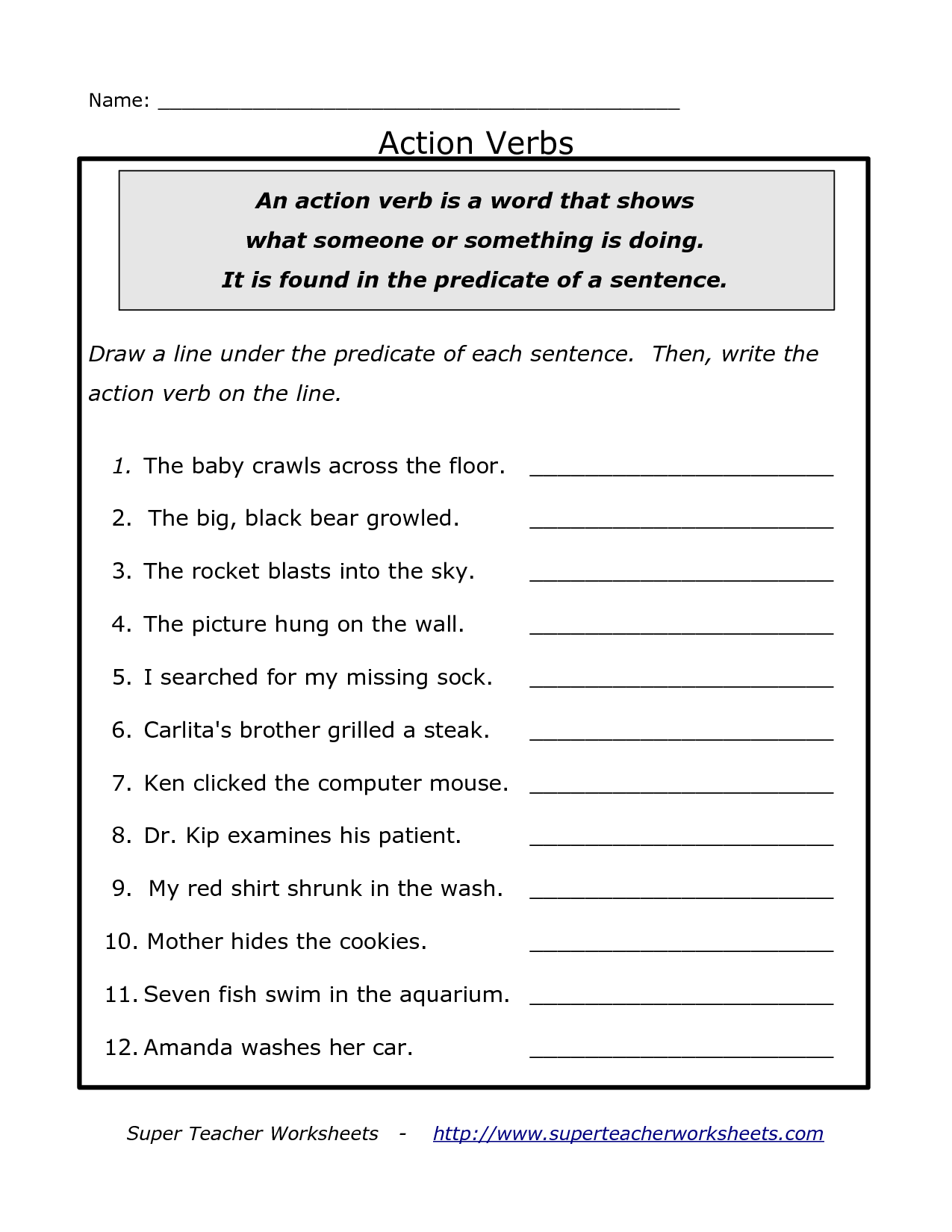
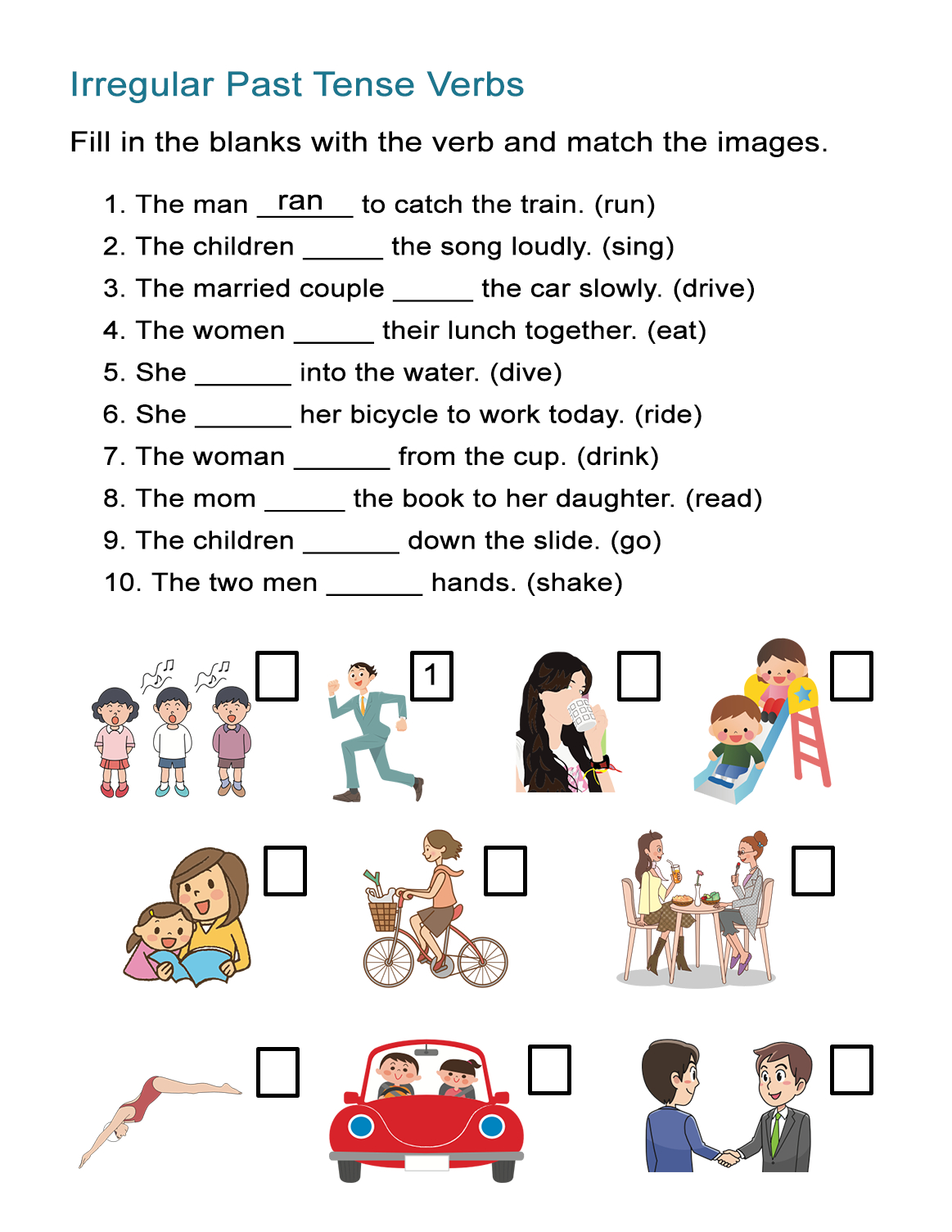

-
Subject-Verb Agreement Worksheets: A common pitfall for many learners, these worksheets emphasize matching the verb’s form to its subject’s number (singular/plural). Exercises often feature sentences with tricky subjects (e.g., "Each of the students __ (have) a book." or "Neither John nor Mary __ (know) the answer.").
-
Irregular Verb Worksheets: Unlike regular verbs that form their past tense and past participle by adding "-ed," irregular verbs follow no consistent pattern (e.g., "go-went-gone," "eat-ate-eaten," "put-put-put"). These worksheets typically involve memorization drills, matching exercises, or sentence completion tasks that force learners to recall the correct irregular forms. Repetition is key here.
-
Active vs. Passive Voice Worksheets: These worksheets help learners understand when to use the active voice (subject performs the action, e.g., "The dog chased the cat.") versus the passive voice (subject receives the action, e.g., "The cat was chased by the dog."). Exercises might involve transforming sentences from one voice to another or choosing the more appropriate voice for a given context.
-
Gerunds and Infinitives Worksheets: One of the more advanced challenges, these focus on when to use the -ing form of a verb (gerund, acting as a noun) or the "to + verb" form (infinitive). Certain verbs are followed only by gerunds (e.g., "enjoy playing"), others by infinitives (e.g., "decide to go"), and some by both with a change in meaning (e.g., "stop to smoke" vs. "stop smoking").
-
Phrasal Verb Worksheets: Phrasal verbs combine a verb with a preposition or adverb (e.g., "look up," "break down," "take off"), often creating a meaning entirely different from the individual words. These worksheets are crucial for building idiomatic fluency and typically involve matching definitions, using phrasal verbs in context, or filling in missing particles.
-
Linking Verbs vs. Action Verbs Worksheets: Distinguishing between verbs that show action and those that connect the subject to a description (e.g., "She is happy," "He seems tired") helps learners understand sentence structure and predicate nominatives/adjectives.
-
Auxiliary/Helping Verbs Worksheets: These focus on the proper use of "be," "do," and "have" as helping verbs to form various tenses, questions, and negative statements.

The variety ensures that learners can focus on their specific areas of weakness, moving from foundational concepts to more nuanced grammatical structures as their proficiency grows.
The Unparalleled Benefits of Integrating Verb Worksheets
The widespread use of verb worksheets in classrooms and for self-study is not coincidental; it stems from a host of tangible benefits they offer to learners of all levels:
-
Reinforcement and Retention: Repetition is a powerful tool for learning, especially in grammar. Verb worksheets provide the necessary practice to solidify rules and forms in a learner’s memory, moving knowledge from short-term to long-term retention.
-
Identification of Gaps: As learners complete exercises, they (or their instructors) can quickly pinpoint specific areas where understanding is weak. For instance, consistent errors with the past perfect tense indicate a need for focused review on that particular concept.
-
Building Confidence: Successfully completing exercises builds a learner’s confidence in their grammatical abilities. This positive reinforcement encourages further engagement and reduces the anxiety often associated with language learning.
-
Structured Learning Path: Worksheets often progress in difficulty, guiding learners through a logical sequence of concepts. This structured approach ensures that foundational knowledge is established before moving on to more complex topics.
-
Application in Context: Many verb worksheets embed grammar practice within meaningful sentences or short paragraphs. This contextualization helps learners understand not just the mechanics of verb usage but also when and why certain forms are used in real-world communication.
-
Preparation for Higher-Level Grammar: A strong grasp of verbs is foundational for understanding more complex sentence structures, such as conditionals, reported speech, and advanced clause types. Worksheets provide the necessary groundwork.
-
Independent Learning: Verb worksheets are excellent for self-study. With answer keys, learners can work at their own pace, check their understanding, and take ownership of their learning journey.
Crafting and Utilizing Effective Verb Worksheets
For educators and parents, creating and selecting effective verb worksheets is crucial. For learners, knowing how to best utilize them maximizes their benefit.
For Creators/Educators:
- Clear Instructions: Ambiguous instructions can lead to frustration. Ensure the task is explicit and easy to understand.
- Variety of Exercises: Mix up exercise types (fill-in-the-blank, multiple choice, sentence correction, sentence construction, matching, short answer). This keeps learners engaged and tests understanding in different ways.
- Contextualized Sentences: Avoid isolated, disconnected sentences. Use sentences that relate to a theme, a short story, or realistic scenarios. This makes the practice more meaningful and memorable.
- Gradual Difficulty: Start with simpler concepts and gradually introduce more challenging ones. Scaffolding is key.
- Answer Keys: Provide clear and accurate answer keys. This allows for self-correction and reduces the burden on instructors.
- Differentiation: Offer worksheets at varying difficulty levels to cater to diverse learners within a group.
- Engaging Content: If possible, incorporate themes, characters, or topics that are interesting and relevant to the target age group. Gamification elements can also increase engagement.
For Learners:
- Read Instructions Carefully: Before starting, ensure you understand what is being asked.
- Attempt All Questions: Even if unsure, try to provide an answer. This helps identify specific areas of confusion.
- Use Resources: Don’t hesitate to refer to grammar books, dictionaries, or online resources if you get stuck. Learning how to find answers is part of the process.
- Review Answers Thoroughly: Don’t just check if you got it right or wrong. Understand why an answer is correct or incorrect.
- Identify Patterns of Error: If you consistently make the same mistake, it highlights a specific rule you need to review.
- Practice Regularly: Consistent, even short, practice sessions are more effective than infrequent long ones.
Beyond the Paper: Digital Verb Worksheets and Interactive Tools
While traditional paper-based verb worksheets remain highly effective, the digital age has introduced a wealth of interactive tools that complement and enhance the learning experience. Online platforms offer:
- Immediate Feedback: Learners receive instant notification of correct or incorrect answers, allowing for immediate correction and understanding.
- Gamification: Many digital platforms incorporate game-like elements, leaderboards, and rewards, making grammar practice more enjoyable and motivating.
- Adaptive Learning: Some advanced platforms can tailor the difficulty and type of questions based on a learner’s performance, providing a truly personalized learning path.
- Accessibility: Digital worksheets can be accessed anywhere, anytime, on various devices, offering unparalleled flexibility.
- Progress Tracking: Digital tools can automatically track a learner’s progress over time, showing improvement in specific verb areas.
These digital resources, whether interactive quizzes, drag-and-drop exercises, or complete online courses, are essentially modern iterations of verb worksheets, leveraging technology to make the learning process more dynamic and efficient.
Conclusion
Verbs are the dynamic force behind language, enabling us to express actions, states, and intentions with precision and clarity. Mastering their intricate rules and myriad forms is a journey, not a destination, for any language learner. In this journey, verb worksheets stand out as an indispensable resource. They provide the structured, targeted, and repetitive practice necessary to transform abstract grammatical concepts into internalized, usable knowledge.
From basic tense drills to complex phrasal verb challenges, these versatile tools reinforce learning, pinpoint weaknesses, build confidence, and pave the way for accurate and fluent communication. Whether in traditional paper format or through engaging digital platforms, verb worksheets are more than just exercises; they are vital companions in the quest for linguistic proficiency, empowering learners to wield the full power of the English language.
